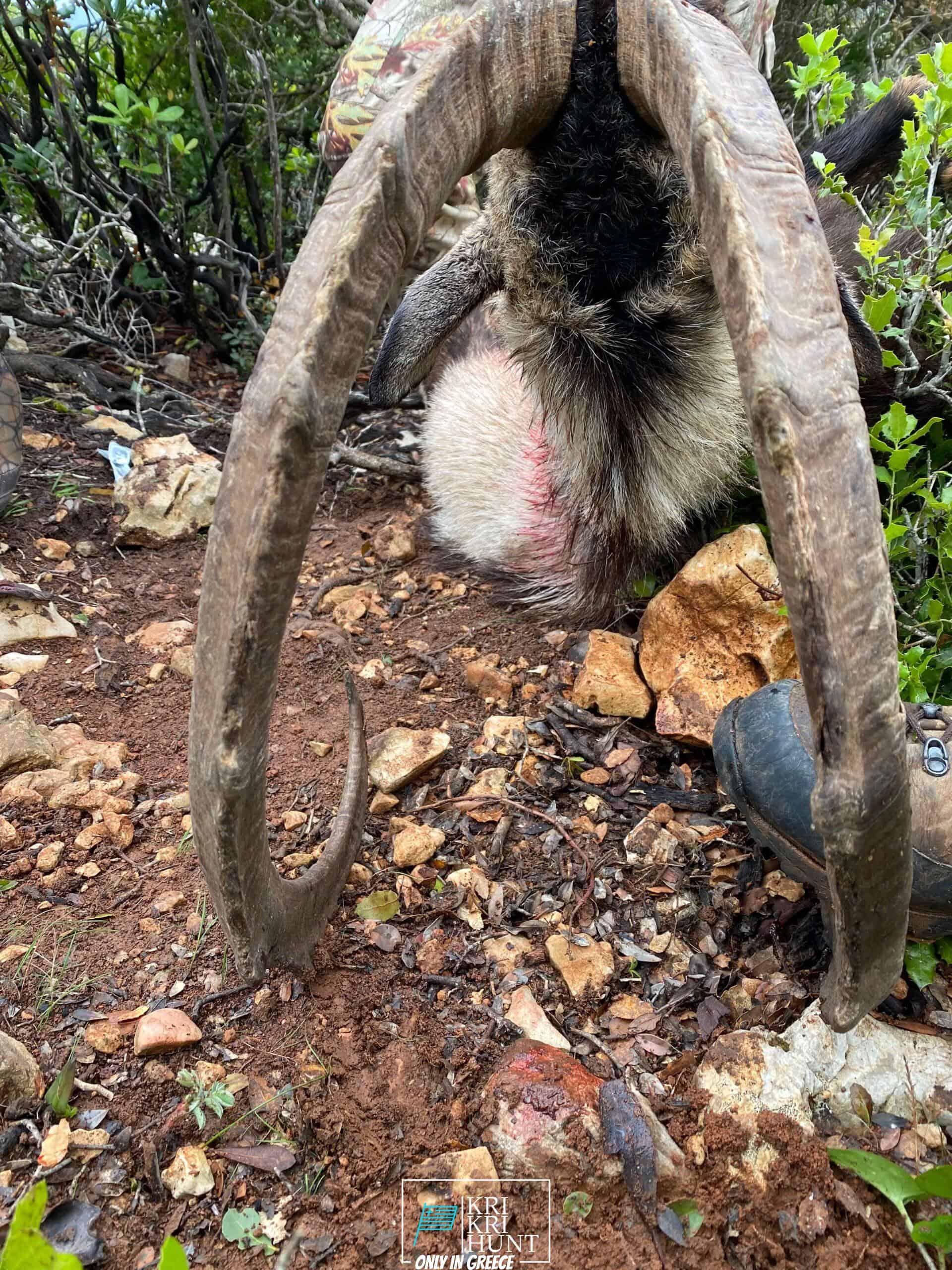Experience the excitement of kri-kri ibex hunting in Greece
Experience the excitement of kri-kri ibex hunting in Greece
Blog Article

The Kri Kri ibex quest in Greece is an extraordinary hunting trip as well as an interesting hunting exploration all rolled into one. Hunting for Kri Kri ibex is an unpleasant experience for the majority of seekers, however except me! It's an incredible hunt for a gorgeous Kri Kri ibex on an exotic island as we visit ancient Greece, dive to shipwrecks, and also quest throughout 5 days. What else would certainly you like?

Pursuing the kri kri ibex in Greece can be a difficult task. Searching huge game in Greece is difficult for foreign seekers. Swine as well as roe deer are the single alternative for neighborhood seekers besides the kri kri ibex, which is only pursued in carefully secured unique searching regions such as specific islands. The Kri Kri Ibex and also mouflon can just be shot on unique searching areas from early morning till noontime, according to Greek regulation. Slugs are the only ammo permitted. You have to book at the very least a year ahead of time for a license. To ensure that only major hunters are permitted on these trips, the Greek Ministry of Nature and Agriculture concerns licenses. To ensure that the federal government issues a specific number of licenses per year.
On our Peloponnese trips, you'll reach experience all that this incredible region needs to provide. We'll take you on an excursion of some of one of the most historical and beautiful websites in all of Greece, consisting of ancient damages, castles, and extra. You'll likewise reach experience a few of the standard Greek culture direct by enjoying several of the delicious food and a glass of wine that the region is recognized for. And certainly, no trip to Peloponnese would certainly be complete without a dip in the gleaming Mediterranean Sea! Whether you're an experienced hunter searching for a newbie tourist or a brand-new adventure just aiming to check out Greece's sensational landscape, our Peloponnese trips are excellent for you. What are you waiting for? Reserve your journey today!
Experience 'Real' Greece with Our Peloponnese Tours. Look no better than our Peloponnese scenic tours if you're looking for an authentic Greek experience. From old ruins and castles to delicious food and also red wine, we'll show you every little thing that this incredible region needs to offer. What are you waiting for? Book your trip today! Your Kri Kri ibex searching in Greece is below!
What is the diference between Kri Kri ibex, Bezoar ibex and hybrid ibex
The kri-kri is not thought to be indigenous to Crete, most likely having been imported to the island during the time of the Minoan civilization. Nevertheless, it is found nowhere else and is therefore endemic to Crete. It was common throughout the Aegean but the peaks of the 8,000 ft (2,400 m) White Mountains of Western Crete are their last strongholds–particularly a series of almost vertical 3,000 ft (900 m) cliffs called ‘the Untrodden’—at the head of the Samaria Gorge. This mountain range, which hosts another 14 endemic animal species, is protected as a UNESCO Biosphere Reserve. In total, their range extends to the White Mountains, the Samaria National Forest and the islets of Dia, Thodorou, and Agii Pandes.
This Ibex is NOT a diminutive form of the Bezoar Ibex, which has migrated into the western-most reach of the range of this species. The kri – kri (Capra aegagrus cretica), sometimes called the Cretan goat, Agrimi, or Cretan Ibex, is a feral goat inhabiting the Eastern Mediterranean, previously considered a subspecies of wild goat. The kri-kri has a light brownish coat with a darker band around its neck. It has two horns that sweep back from the head. In the wild they are shy and avoid tourists, resting during the day. The animal can leap some distance or climb seemingly sheer cliffs.
“The agrimi goat Capra aegagrus cretica is unique to Crete and its offshore islands. It has been identi®ed as a sub-species of the wild bezoar goat Capra aegagrus aegagrus Erxleben, 1777, which it closely resembles in horn shape, body form and coloration. This classi®cation has been disputed by some researchers who claim that the agrimi are feral goats, derived from early domestic stock brought to the island by the ®rst Neolithic settlers. In order to clarify this issue, DNA analyses (cytochrome b and D loop sequences) were carried out on tissue of live and skeletonized agrimi and compared to sequences of wild and domestic caprines. Results conclusively show the agrimi to be a feral animal, that clades with domestic goats (Capra hircus) rather than with wild Asiatic bezoar. This study demonstrates that morphometric criteria do not necessarily re¯ect genetic af®nities, and that the taxonomic classi®cation of agrimi should be revised.”
Report this page